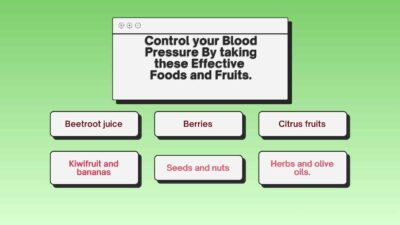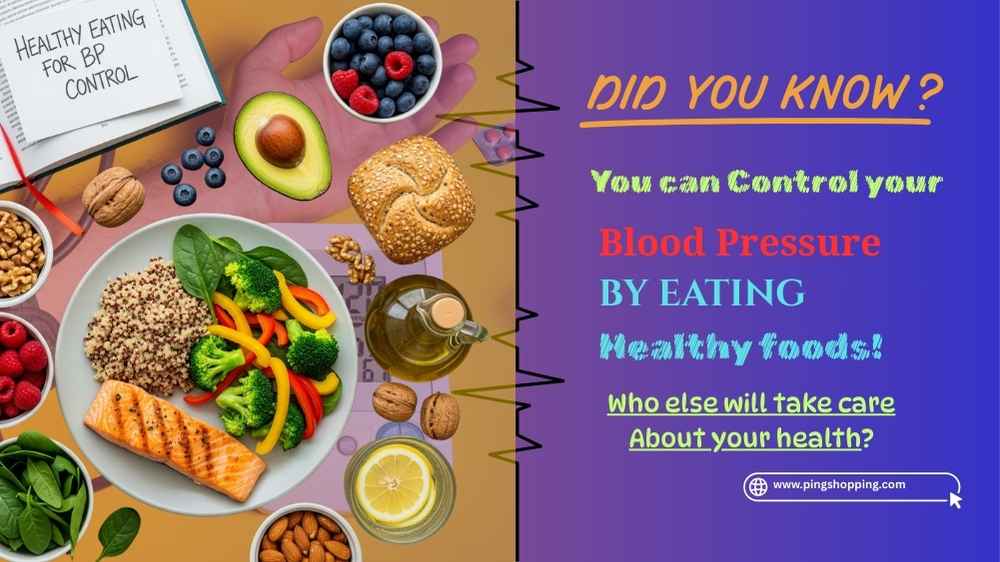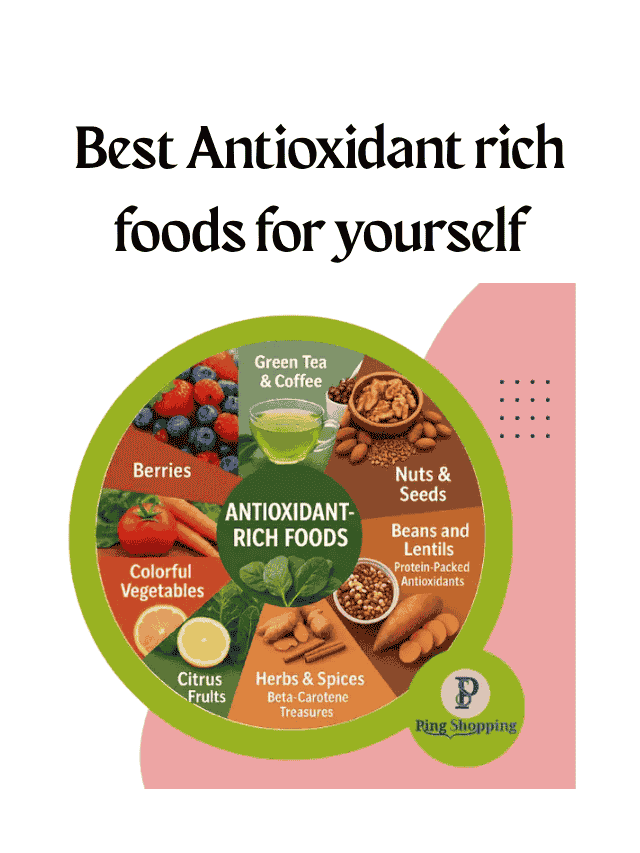1. Crucial nutrients for regulating blood pressure:
- Potassium: aids in blood vessel relaxation and sodium counteraction. Leafy greens, avocados, bananas, beans, and yogurt are the best sources.
- Magnesium: promotes nitric oxide synthesis and vascular tone. found in leafy greens, legumes, whole grains, nuts, and seeds.
- Calcium: supports healthy blood vessels. Leafy greens, plant milks fortified with calcium, and low-fat dairy are some of the sources.
- Vegetable nitrates can improve vessel dilatation by converting to nitric oxide. Consider beets, arugula, and spinach.
- Omega-3 fatty acids: lower inflammation and promote heart health. Pick walnuts, flaxseed, trout, sardines, and salmon.
The Best Fruits and Foods to Include in Blood Pressure Control
Leafy greens (kale, spinach, and Swiss chard). High in potassium, magnesium, and nitrates; associated with better diastolic and systolic blood pressure. Uses include blending kale into smoothies, sautéing chard with olive oil and garlic, and adding baby spinach to omelets. Beetroot juice and beets, Rich in dietary nitrates that promote dilation of the blood vessels. Before working out, drink 4–8 ounces of unsweetened beet juice and roast beets for salads.Berries (blackberries, blueberries, and strawberries). It is Packed with vitamin C and anthocyanins, linked to a lower risk of hypertension. Mix into Greek yogurt or oatmeal; save frozen berries for smoothies.Citrus fruits (lemons, grapefruits, and oranges). Potassium and antioxidants promote normal blood pressure. Consult a healthcare provider before consuming grapefruit as it may interact with some blood pressure medications. Add lemon to water and dressings, eat the entire fruit.Kiwifruit and bananas. Research has shown that eating kiwis, which are high in potassium, can lower blood pressure somewhat. Two kiwis as a midmorning snack; banana-nut oatmeal.Salmon, sardines, and trout are examples of fatty fish. Omega-3s (EPA/DHA) have been linked to lowered blood pressure at intakes of about 2-3 grams per day. sardines on whole-grain toast with lemon; salmon on a sheet pan twice a week.Low-fat or unsweetened yogurt. Probiotics, potassium, and calcium all promote cardiometabolic health. A simple Greek yogurt parfait topped with chia, berries, and a drizzle of olive oil for fullness.
Beetroot juice and beets, Rich in dietary nitrates that promote dilation of the blood vessels. Before working out, drink 4–8 ounces of unsweetened beet juice and roast beets for salads.Berries (blackberries, blueberries, and strawberries). It is Packed with vitamin C and anthocyanins, linked to a lower risk of hypertension. Mix into Greek yogurt or oatmeal; save frozen berries for smoothies.Citrus fruits (lemons, grapefruits, and oranges). Potassium and antioxidants promote normal blood pressure. Consult a healthcare provider before consuming grapefruit as it may interact with some blood pressure medications. Add lemon to water and dressings, eat the entire fruit.Kiwifruit and bananas. Research has shown that eating kiwis, which are high in potassium, can lower blood pressure somewhat. Two kiwis as a midmorning snack; banana-nut oatmeal.Salmon, sardines, and trout are examples of fatty fish. Omega-3s (EPA/DHA) have been linked to lowered blood pressure at intakes of about 2-3 grams per day. sardines on whole-grain toast with lemon; salmon on a sheet pan twice a week.Low-fat or unsweetened yogurt. Probiotics, potassium, and calcium all promote cardiometabolic health. A simple Greek yogurt parfait topped with chia, berries, and a drizzle of olive oil for fullness.Also Read
Seeds and nuts (chia, flax, walnuts, almonds, and pistachios). Arginine, fiber, and magnesium for nitric oxide are associated with better blood pressure profiles. Chia pudding, ground flaxseed in smoothies, and unsalted nuts as snacks.Whole grains, such as barley, brown rice, quinoa, and oats. Whole-grain patterns are associated with a lower risk of hypertension, and fiber (oats’ beta-glucan) and minerals may lower SBP/DBP. Uses include salmon and greens in quinoa bowls and oatmeal breakfasts. Herbs and olive oils. Herbs allow you to reduce sodium levels without sacrificing flavor, while oleic acid and polyphenols in olive oil promote vascular health. Use extra virgin olive oil as the main fat and add dill, turmeric, cumin, garlic, rosemary, and citrus zest for seasoning.In Breakfasts you can take Blueberries, ground flaxseed, and walnuts in oatmeal. Greek yogurt with kiwi, chia seeds, and cinnamon on top. In Lunches you can take a bowl of quinoa and spinach with roasted beets, chickpeas, feta cheese, and dressing made with olive oil and lemon. Wrap made with whole grains, grilled turkey, avocado, lettuce, tomato, and herb yogurt sauce. In Dinner time Baked salmon, kale sautéed with garlic, and barley. Whole wheat pasta with sardines, tomatoes, olive oil, parsley, and chili flakes. Snacks: Almond butter on a banana. Carrots with hummus, pistachios (unsalted), or an orange. 










